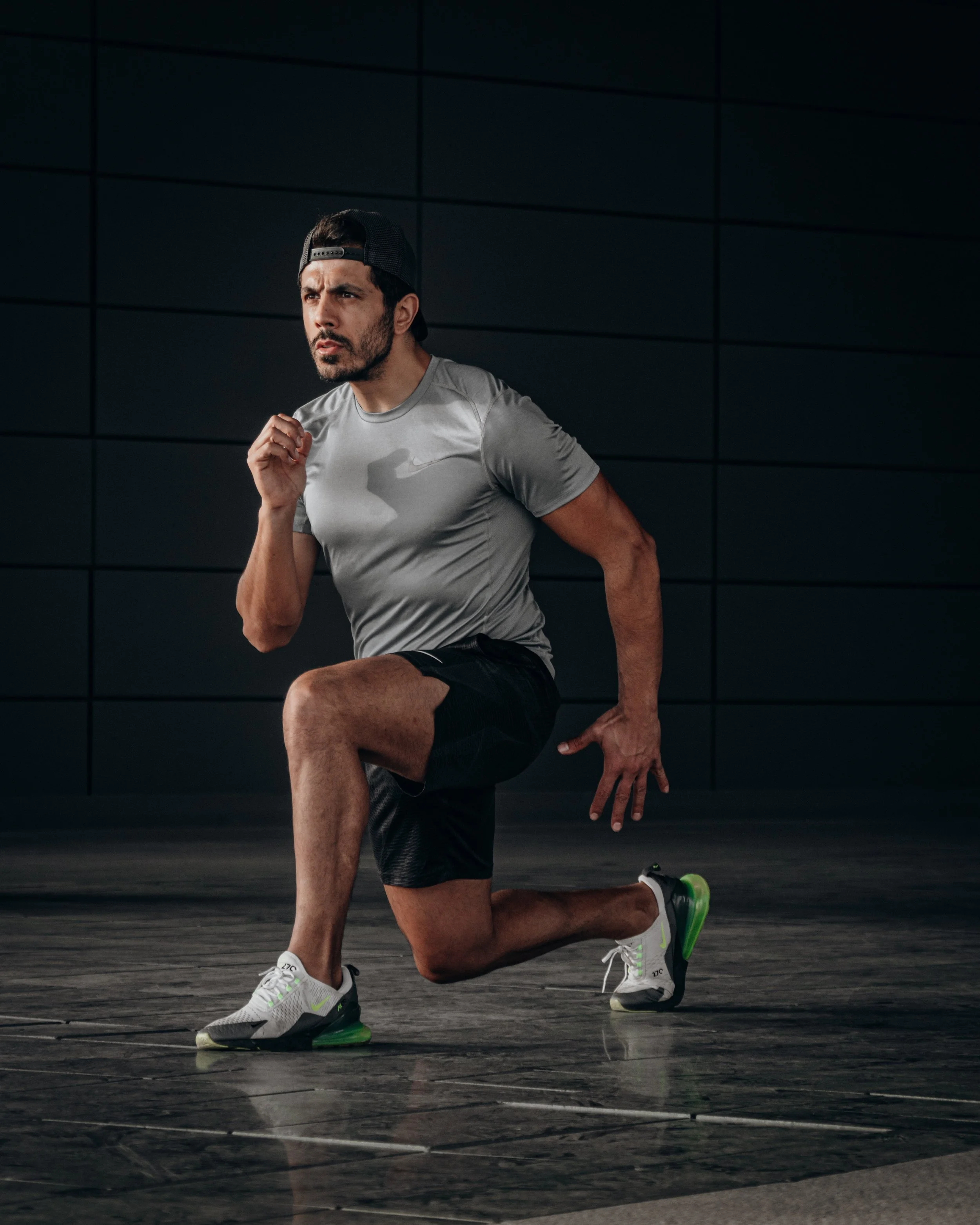Track and Field Exercises for Speed: Boosting Athletic Performance
Track and field athletes require a unique set of physical attributes to succeed in their sport. Speed is a key component of athletic performance, and it can be improved through the use of specific training exercises. In this article, we will explore some of the most effective track and field exercises for speed, from agility drills to plyometric training.
The Importance of Speed in Track and Field
Speed is a critical component of success in track and field. It allows athletes to complete races and events in less time and outpace their competitors. But speed is more than just raw power; it requires coordination, technique, and agility. Athletes who focus on developing their speed can improve their overall athletic performance and achieve greater success in their sport.
Agility Drills for Speed
Agility drills are a type of track and field exercise that focus on quick movements and changes of direction. These drills simulate the types of movements that athletes perform during track and field events, such as jumping, dodging, and cutting. By practicing these movements, athletes can improve their agility, coordination, and overall speed.
One effective agility drill is the cone drill. Athletes set up cones in a specific pattern and run between them as quickly as possible, making sharp turns and changes of direction. Another popular agility drill is the ladder drill, which involves running through a series of ladder rungs while performing different footwork patterns.
Plyometric Training for Speed
Plyometric training is a type of exercise that focuses on explosive, powerful movements. These movements build strength and power in the muscles, which can translate into greater speed and agility on the track. Plyometric exercises include jumps, hops, and bounds, and they can be performed with or without equipment.
One example of a plyometric exercise is the box jump. Athletes stand in front of a box or platform and jump onto it, then jump back down to the ground. Another plyometric exercise is the single-leg hop, which involves hopping on one foot as far as possible before landing and hopping on the other foot.
Hill Sprints for Speed
Hill sprints are a challenging yet effective way to improve speed and power. Running uphill forces the body to work harder and develop greater strength and endurance. Hill sprints can be incorporated into a training regimen by finding a steep hill and running up it as fast as possible, then walking or jogging back down for recovery before repeating the sprint.
Speed Ladder Exercises
Speed ladder exercises are a type of track and field exercise that focuses on footwork and coordination. Athletes run through a ladder laid out on the ground, using quick and precise movements to move between each rung. The ladder can be arranged in different patterns to work on different skills, such as lateral movement or quick direction changes.
Putting It All Together
Incorporating a variety of track and field exercises into a training regimen can help athletes improve their speed and overall athletic performance. Agility drills, plyometric training, hill sprints, and speed ladder exercises are just a few of the many techniques that can be used to develop greater speed and power.
When incorporating these exercises into a training program, it is important to start slowly and gradually increase the intensity and difficulty over time. It is also important to include proper warm-up and cool-down routines to prevent injury and aid in recovery.
Speed is a critical component of success in track and field, and it can be developed through a variety of training exercises. Incorporating agility drills, plyometric training, hill sprints, and speed ladder exercises into a training program can help athletes improve their speed and overall athletic performance. By focusing on developing strength, power, and coordination, athletes can become faster and more competitive in their sport.

